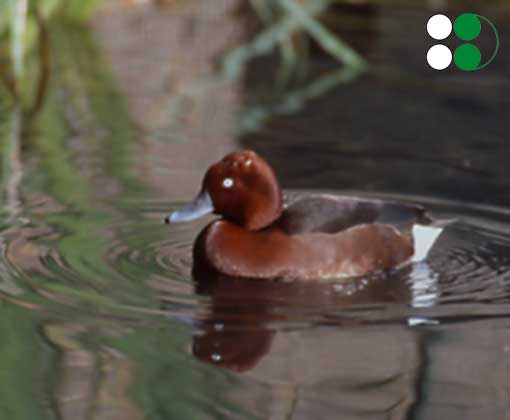PRODUCTIONS: THE BIOLOGICAL CLOCK
(Serie: Animal Files)
DIRECTOR
PRODUCER
DURATION
VERSIONS
FORMAT
Carlo and Lodovico Prola
Ditta Prola
26'

SD

We are in the middle of equatorial Africa at the end of Winter. In this region of the world, the course followed by the sun is identical all year round and the temperature never changes much. And yet in the past few days, the white storks behave in a different way: they are fidgety and move about constantly. Nothing around them has altered but they have grown restless. They "feel" that the hour has struck, that in Europe, 3000 kilometres away, cold weather is coming to an end and that it is time to leave their winter residences and start the long journey. But how did the storks know that it was time to migrate? How do animals measure the passage of time? What clock schedules their life?
As long ago as 1729 a French botanist, Jacques d'Ortones de Marain conducted an experiment with a surprising outcome. Having noticed that the leaves of the mimosa tree opened in the morning and closed at night, he took a specimen of the plant to his laboratory, which he kept illuminated day and night. To his great astonishment it continued to open and close its leaves for several days. This was probably the first experiment that led scientists to understand that living beings have a biological clock that is at the root of the circadian rhythm, that is a clock that regulates the cycles of the 24 hour clock itself.


